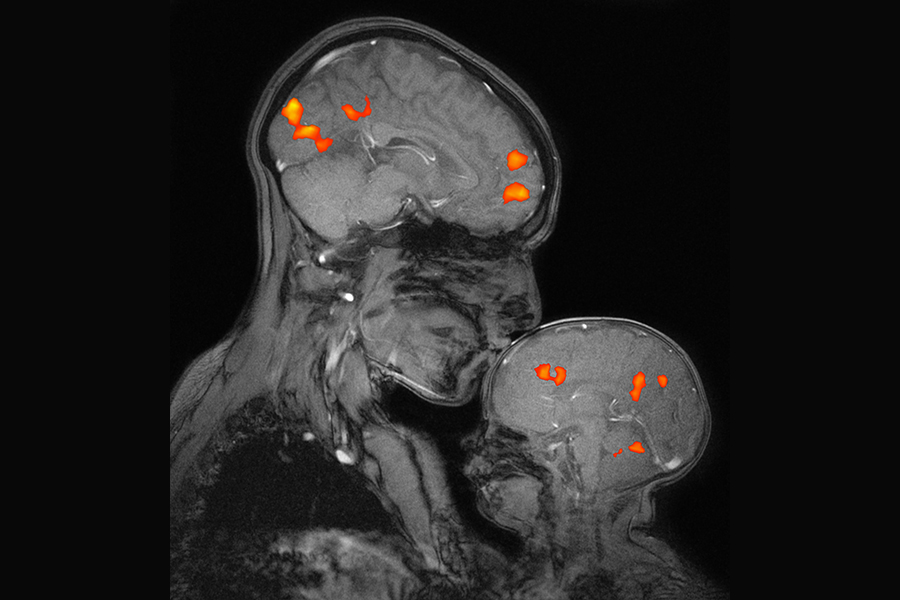Healthcare Technology Advancements in Australia
Introduction to EMR Systems
The South Australian government has completed the rollout of its single electronic health record system across public state hospitals. Provided by Altera Digital Health, the statewide activation of the EMR and PAS system across hospitals and health services is a first among Australian states. Now live at nearly 100 sites, the integrated system provides near real-time access to patients’ medical histories, treatment plans, and clinical data. This concludes the SA government’s EMR upgrade project, which began in 2019 and has since created electronic medical records for over 1.5 million people.
Digital Health Training in Victoria
The Victorian government has started piloting a digital health training program to upskill frontline, clinical and IT staff. Grampians Health partnered with Royal Melbourne Institute of Technology and Cisco Networking Academy as part of the state government’s Skills Solutions Partnerships program, which delivers short courses and on-the-job training to address skills gaps in priority sectors such as healthcare. The pilot training at Grampians, which involves more than 360 staff, features modules on emerging health technologies and specialised courses in AI and data management. The training will be later expanded to over 7,000 staff of the health service in Victoria’s north west.
AI Scribe Pilot in New South Wales
The Hunter New England and Central Coast Primary Health Network (HNECC PHN) in New South Wales has introduced a new initiative to integrate AI-powered clinical note-taking or scribing in general practice. HNECC PHN CEO Richard Nankervis said the initiative aims to "establish a scalable framework for adoption of AI scribing in general practice." Based on a media release, 14 practices were chosen to serve as flagship sites of the project, which initial phase involves the testing of ambient scribe technology.
AI-Powered Rostering in Western Australia
The Royal Perth Hospital in Western Australia has started implementing AI-powered rostering. RPH ditched manual spreadsheet-based rosters for an AI-powered rostering system provided by RosterLab. According to the hospital, the traditional method has caused challenges in optimising workforce allocation, maintaining equitable shift distribution, and responding to fluctuating patient volumes. Its new rule-based system can generate complete 13-week rosters in "under 30 minutes," support diverse shift patterns and team hierarchies, provide visibility into team leaves, and automate compliance with industrial agreements and department-specific rules. The system also enables fair distribution of shifts and rewriting of rosters with minimal disruption. The new roster system was initially implemented at the hospital’s acute medical and intensive care units in March, with completion expected by next month, May.
Conclusion
The recent advancements in healthcare technology in Australia are revolutionizing the way medical services are delivered. From the implementation of statewide EMR systems to the adoption of AI-powered rostering and scribing, these innovations are improving patient care, reducing administrative burdens, and enhancing the overall efficiency of healthcare services. As technology continues to evolve, it is likely that we will see even more exciting developments in the healthcare sector.
FAQs
- What is an EMR system?
An EMR (Electronic Medical Record) system is a digital platform that stores and manages patients’ medical histories, treatment plans, and clinical data. - What is AI-powered scribing?
AI-powered scribing is a technology that uses artificial intelligence to automatically generate clinical notes and medical records, reducing the administrative burden on healthcare professionals. - What are the benefits of AI-powered rostering?
AI-powered rostering can generate complete rosters in under 30 minutes, support diverse shift patterns and team hierarchies, provide visibility into team leaves, and automate compliance with industrial agreements and department-specific rules. - How will these technological advancements impact patient care?
These technological advancements are expected to improve patient care by providing healthcare professionals with access to accurate and up-to-date medical information, reducing administrative burdens, and enhancing the overall efficiency of healthcare services.











